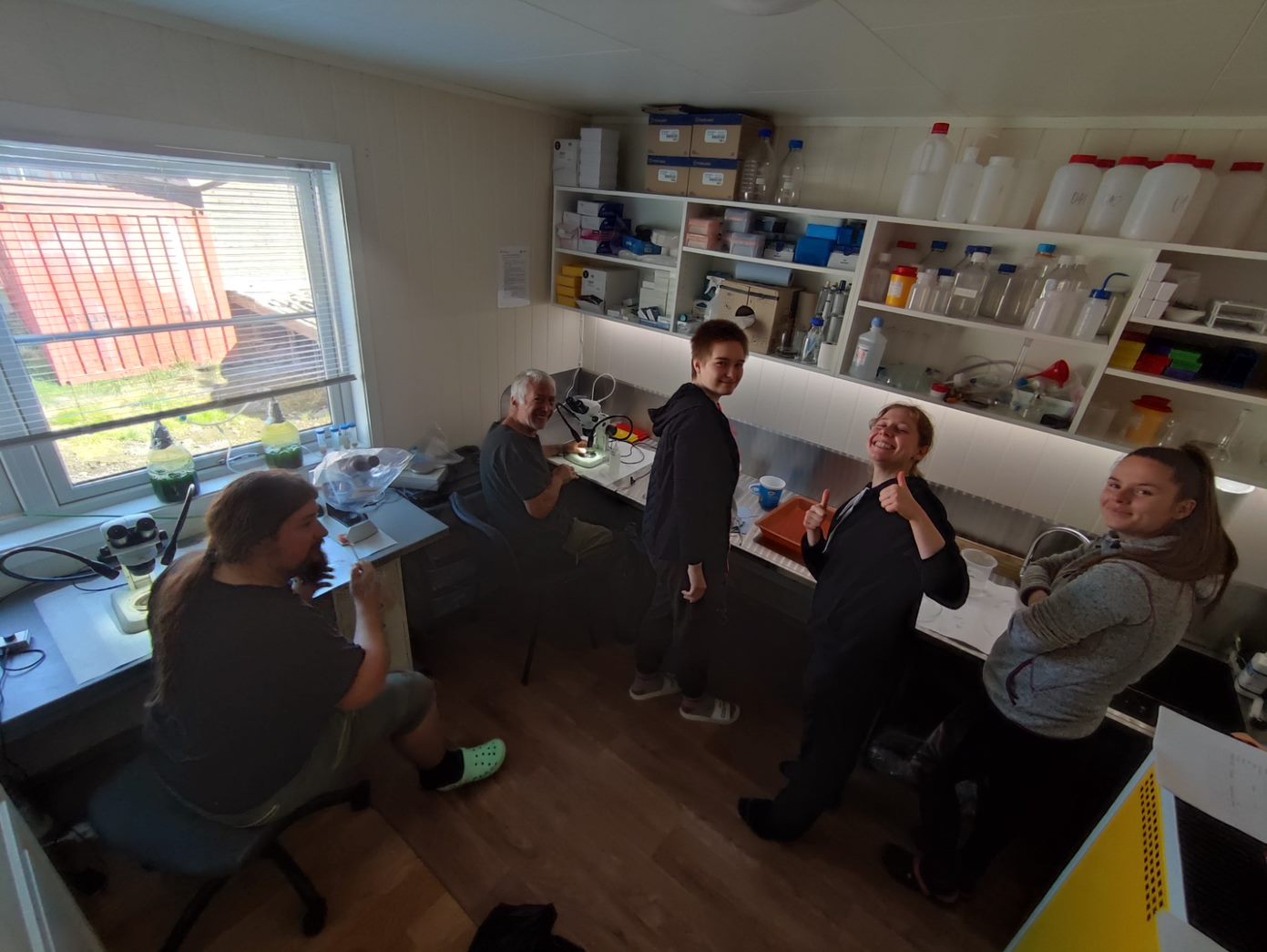Instructions to filling HAP (Academic Staff Performance Evaluation) at FSc USB, April 2022
Dear faculty members with at least 20% affiliation at the Faculty of Science USB, please fill in the web form for Academic Staff Performance Evaluations (HAP) till Apr 19, 2022.
The evaluation applies to all academic staff who have a faculty affiliation of at least 20% (sum of faculty jobs including grants). Academic staff who are not involved in teaching or students’ supervision (i.e. educational activities) are not academic staff and are not subject to HAP. Technicians are also not academic staff (but if they aspire to move to an academic position from 1 July 2022, it is possible to apply to fill in the HAP).
Instructions:
Login to https://hap.jcu.cz with the same name and password as for STAG (IDM). If you cannot log in and you have academic employment >= 20% at the FSc, contact the portal administrator E. Krlín,
Notes on the evaluation at the FSc:
- For all blocks or questions, the period for which data are to be completed is always indicated.
- Teaching data is pre-filled using information from STAG - but needs to be checked and corrected. Please only include teaching, testing, course credits (‘zápočet’) done by you, i.e. do not include the work of Ph.D. students who have been involved in teaching, for example. Teaching is recorded on a subject-by-subject basis (each lecture and tutorial on a separate line).
- Examined students - each examined student on a course is listed only once. Their numbers are pre-filled according to STAG.
- The number of hours of weekly teaching can be a decimal number (with a decimal comma or a dot).
- The size of the grant project is judged by the total funding over the life of the project.
- In the field “Supervised Ph.D. students “list only students in the standard period of study.
- Leave blank items that do not apply to you.
- Fill in only the activities that you have carried out during your time at the Faculty of Science of USB. If you have performed activities within your employment at the FSc USB that are not on the USB records (e.g., reviewing thesis at other universities), please specify in the description.
- Import of scientific outputs (mainly articles) into HAP is done from OBD (bibliographic database). If you do not see some of your 2021 publications to be registered in RIV (country’s evidence of results), contact Jana Maxerová <
This email address is being protected from spambots. You need JavaScript enabled to view it. > to verify/complete the publication’s entry in OBD. Without this step, the publication will not be registered in RIV, not reflected in the assessment of the FSc/JU.
Fill in the missing output in HAP - the journal IF and category median do not need to be filled in, it will be supplied. - Do not forget to enter "Number of citations in a given year (excluding 1st order self-citations)" at the end of section 2a), i.e. how many times your lifetime publications (regardless of affiliation) were cited by other authors in 2021. For instructions on how to find the number of citations in the Scopus and Web of Science databases, see https://web.prf.jcu.cz/veda/publikace/citace.html
If you joined the FSc USB during the reporting period (2021 for publications) or later, you may also list performance from the other workplace prior to joining the FSc under the "Other" tab. - In the “Academic offices and management activities” tab, the item “Deputy Head of the Department (faculty unit)” may be checked by the heads of sections of departments or other persons whose managing workload corresponds to this role.
- The 2019 and 2020 forms can be viewed but cannot be edited retroactively. If, with respect to the evaluation of academic staff and their placement in salary grades according to the new USB Salary Code, you wish to add critical information omitted at these forms, please add it in the HAP 2021 form, “Other relevant activities” tab as “Additional information” indicating the relevant year of the information.
Practical notes for/from the evaluation:
- If HAP writes you e.g. 0.92+1.85 hours taught instead of 1+2 according to STAG, it means that one of the 13 weeks of the semester was dropped due to a holiday. Therefore, the output is reduced by a ratio of 12/13. If you substituted and taught 13 times, correct the values to 1+2. Otherwise keep the pre-filled values.
- When converting block instruction to hours/week, use a 13 week semester. Block 4 hours/sem = 4/13=0.31 hours/week.
- The corresponding author may indicate "I am the guarantor" in section 2a).
- If the teaching is provided by several persons present at the same time (practical/field classes, seminars led by two people), the same teaching can be reported by several persons (with an explanation of the indication of duplicated teaching in the "Other relevant activities" tab).
- Hits: 1279






























